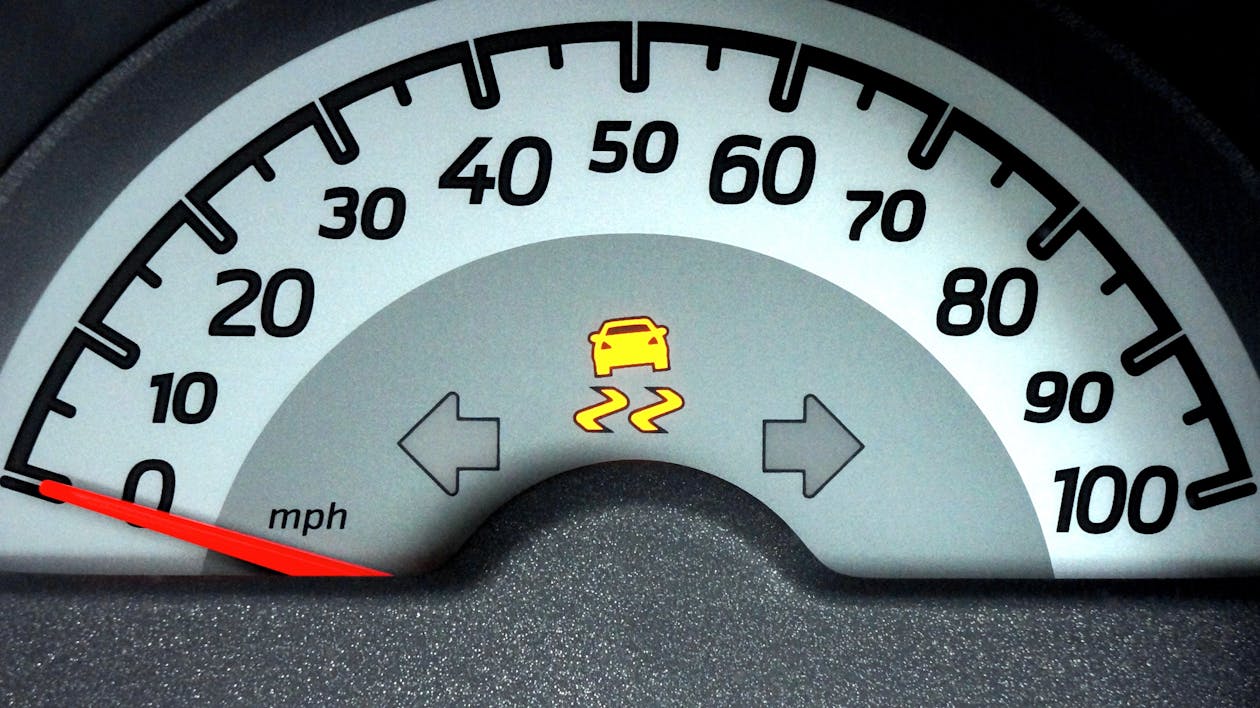Understanding Speed in Physics
Introduction
Speed is a fundamental concept in physics that describes how fast an object moves. It is a scalar quantity, which means it only has magnitude and no direction. In this comprehensive explanation, we will delve into the various aspects of speed, its fundamental definitions, the equations that govern it, and its significance in the world of physics.
Basic Definition of Speed
Speed is defined as the distance traveled by an object per unit of time. It is typically represented by the symbol "`v`" and is measured in units like meters per second (m/s) or kilometers per hour (km/h). The formula to calculate speed is:
`\[ \text{Speed (v)} = \frac{\text{Distance (d)}}{\text{Time (t)}} \]`
Where:
- `\(v\)` is the speed.
- `\(d\)` is the distance traveled.
- `\(t\)` is the time taken.
Instantaneous Speed vs. Average Speed
Instantaneous Speed
Instantaneous speed refers to the speed of an object at a specific moment in time. To determine the instantaneous speed, you need to measure the distance traveled and the time elapsed at that exact instant. Mathematically, it can be expressed as:
`\[ \text{Instantaneous Speed} = \lim_{{\Delta t \to 0}} \frac{\Delta d}{\Delta t} \]`
Where:
- `\(\Delta d\)` is the change in distance.
- `\(\Delta t\)` is the change in time.
Average Speed
Average speed, on the other hand, is the total distance traveled divided by the total time taken. It is the most common type of speed used in everyday life and can be calculated using the formula mentioned earlier. Average speed is useful for describing how fast an object moved over a certain time interval.
The Significance of Speed in Physics
Speed plays a crucial role in various branches of physics and has implications in different aspects of life, from the every day to the extraordinary. Let's explore some key areas where speed is of paramount importance.
1. Kinematics
In the field of kinematics, which is the study of motion, speed is one of the most fundamental parameters. It helps describe the motion of objects, whether they are moving in a straight line or along a curved path. The concepts of velocity, acceleration, and displacement are all closely related to speed.
2. Mechanics
In classical mechanics, the concept of speed is intimately linked to the concept of momentum. The momentum of an object is the product of its mass and velocity, making speed a key component in understanding how objects interact with each other. The equations for momentum are as follows:
`\[ \text{Momentum (p)} = \text{Mass (m)} \times \text{Velocity (v)} \]`
3. Relativity
In Albert Einstein's theory of special relativity, speed plays a central role. The theory posits that the speed of light in a vacuum `\(c\)` is the ultimate speed limit in the universe, and nothing can travel faster than it. This theory has profound implications for our understanding of space, time, and the behavior of objects at high speeds.
Speed in Everyday Life
Speed is not just a concept for physicists; it affects our everyday lives. Here are a few examples of how we encounter speed in our daily activities.
1. Transportation
The speed of vehicles, such as cars, trains, and airplanes, is critical in determining how quickly we can travel from one place to another. The design of these vehicles and the optimization of their speed have a significant impact on efficiency and convenience.
2. Sports
In sports, speed is often a defining factor. Athletes strive to achieve higher speeds in running, cycling, and swimming, among others. Understanding the principles of speed is crucial for improving athletic performance.
3. Technology
In the technological world, the speed of information transfer is essential. Faster data transfer speeds, as seen in the development of the internet and communication technologies, have revolutionized the way we communicate and access information.
Advanced Concepts in Speed
In advanced physics, there are several specialized topics related to speed that require more complex explanations and equations.
1. Relativistic Speed
As mentioned earlier, Einstein's theory of special relativity introduced the concept of relativistic speed. At speeds approaching the speed of light, the classical equations of motion break down, and relativistic equations must be used. The Lorentz factor, denoted by "`γ`" is a crucial factor in these equations:
`\[ \gamma = \frac{1}{\sqrt{1 - \frac{v^2}{c^2}}} \]`
Where:
- `\(v\)` is the speed of the object.
- `\(c\)` is the speed of light.
2. Escape Speed
Escape speed is the minimum speed required for an object to break free from the gravitational pull of a celestial body, such as a planet or moon. It is determined by the body's mass and radius and is given by the formula:
`\[ \text{Escape Speed} = \sqrt{\frac{2GM}{R}} \]`
Where:
- `\(G\)` is the universal gravitational constant.
- `\(M\)` is the mass of the celestial body.
- `\(R\)` is the radius of the celestial body.
3. Terminal Velocity
Terminal velocity is the constant speed that a freely falling object eventually reaches when the resistance of the medium (usually air) equals the force of gravity. It is a balance between gravitational force and air resistance and can be calculated as:
`\[ \text{Terminal Velocity} = \sqrt{\frac{2mg}{ρAC_d}} \]`
Where:
- `\(m\)` is the mass of the falling object.
- `\(g\)` is the acceleration due to gravity.
- `\(ρ\)` is the air density.
- `\(A\)` is the object's cross-sectional area.
- `\(C_d\)` is the drag coefficient.
Conclusion
In this comprehensive explanation of speed in physics, we have covered its basic definition, the difference between instantaneous and average speed, its significance in various fields, and some advanced concepts related to speed. Speed is a fundamental concept that transcends the boundaries of physics and impacts our daily lives in countless ways. Understanding the principles of speed allows us to appreciate the natural world and the technological advancements that have shaped our modern existence. Whether you are a student studying for a physics examination or a curious individual, the knowledge of speed is a key to unlocking the mysteries of motion and the universe.



